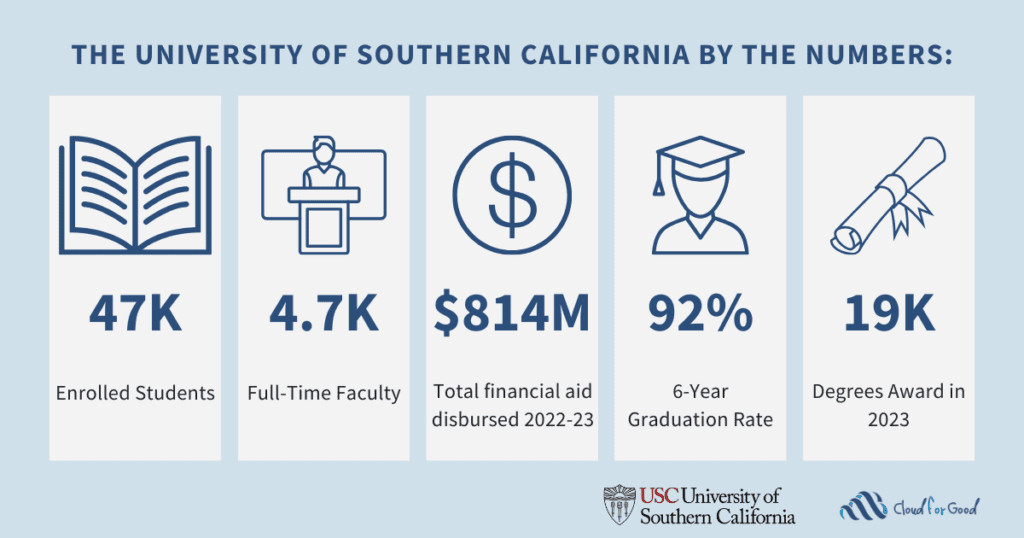“Will this take my job?”
“Is AI just another passing trend?”
“When working with AI, can I really trust it to help me — and not make mistakes?”
As a Salesforce leader, these are the questions I’ve heard from teammates more than once. And to be honest, I’ve asked a few of them myself.
But here’s what I’ve learned: Agentforce isn’t about replacing people. It’s about unlocking them.
At Salesforce, we’re not just building agentic AI. We’re testing it, using it, and shaping it as a real part of how we work. On my own team, I’ve been experimenting with what it means to treat AI agents not as tools, but as true team members – that collaborate, learn, and add value.
The journey from uncertainty to empowerment is transformative. We’re still early, but here’s what’s working with AI and why I think every team should start somewhere.
1. Build trust before confidence
Just like a new hire, Agentforce needs onboarding. We introduce it with a clear scope: “Here’s what it can do. Here’s what it can’t. And here’s how we’ll supervise it.”
That simple shift changed everything. Instead of feeling like they were being replaced, the team saw they were being supported by working with AI. And when people feel safe, they lean in, not out.
Agentforce powers customer service for Salesforce
We’re sharing the weekly performance metrics of our own customer service agent because we believe in full transparency.



2. Automate the redundancy, not the responsibility
One of our first wins working with AI was implementing Agentforce in customer support. Salesforce Help receives countless repetitive questions – login issues, basic how-tos, and simple troubleshooting. It’s time-consuming, and frankly, not the best use of human experts.
We deployed Agentforce to handle those repeat questions using existing resources, freeing up support engineers to solve harder, more rewarding problems.
“AI took over the tedium,” one team member told me. “Now I have space to focus on things that actually stretch my skills.”
That’s the kind of shift that fuels people, not frightens them.
3. Guide the agent like you would a teammate
We made one thing clear from the start: Agentforce isn’t something you just follow, it’s something you shape.
We encourage the team to give feedback, suggest better prompts, and refine responses. That’s part of the job now.
That mindset gives people ownership. It turns uncertainty into engagement and keeps our standards high.
D-I-Why? Deploy AI agents faster with Agentforce
Building and deploying autonomous AI agents takes time. Agentforce, the agentic layer of the Salesforce platform, can reduce time to market by 16x compared to DIY approaches — with 70% greater accuracy, according to a new Valoir report.



4. Grow with it, together
Will roles evolve? Absolutely. But that’s how progress works.
We’ve seen it before: when we rolled out self-service portals, it didn’t mean fewer jobs, just different ones, with more impact.
That’s why we’re pairing Agentforce rollout with active career planning. As we spend more time working with AI, tools like our internal AI Career Coaches help team members explore new roles where their skills – both new and experienced – can be used to provide value.
“It’s not about finding your way out,” I tell them. “It’s about finding your way forward.”
5. Let agents act like teammates, not just tools
With Agentforce, my team never has to go at it alone. It acts like a proactive, reliable teammate – always scanning, suggesting, and assisting in the background.
When a new case arrives, Agentforce reviews comments for sentiment and alerts the case owner if needed. It surfaces relevant knowledge articles, recommends next best actions, and drafts responses based on past cases and customer history.
It simplifies routine tasks like writing case closure summaries, handoff notes, and retrospective insights. When a case requires broader expertise, Agentforce even identifies the right experts and pulls them in — no manual searching or escalations needed.
This is what we’re aiming for: When AI stops being just another tool… and starts being a teammate.
Final thought: don’t just manage AI. Lead it.
The biggest shift isn’t technical. It’s mental.
You don’t need to control everything an agent does. But you do need to define what good looks like. You need to foster a culture of feedback. You need to help your team grow with the technology—not fear it.
That’s what I’m trying to do, every day. And honestly? It’s working.
Ready to start working with AI?
Agentforce is here and it’s only getting smarter.
You don’t need to know everything yet about working with AI. But you do need to begin.
- Start small.
- Think big.
- Stay human.
Join an upcoming instructor-led workshop to learn how to build and deploy Agentforce with the right capabilities, tools, and guidelines to solve for your business-specific support use case.







